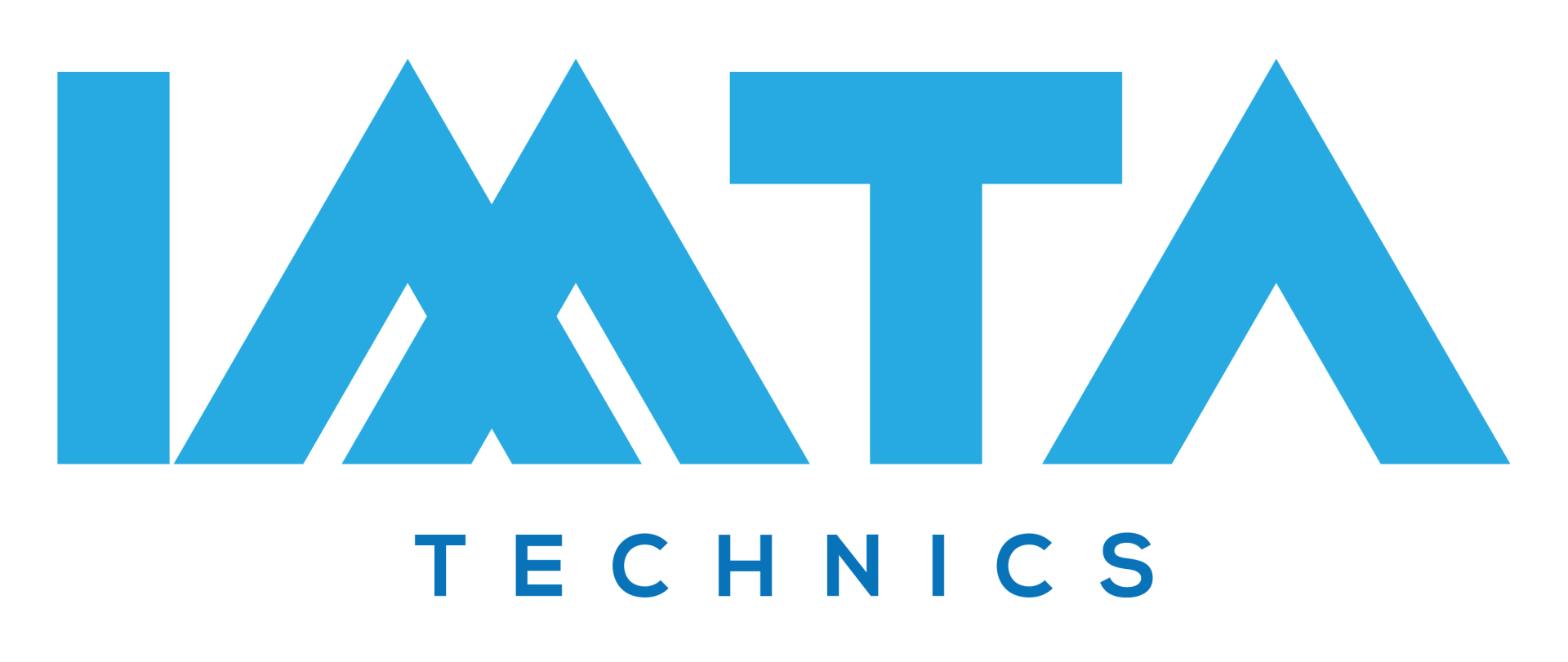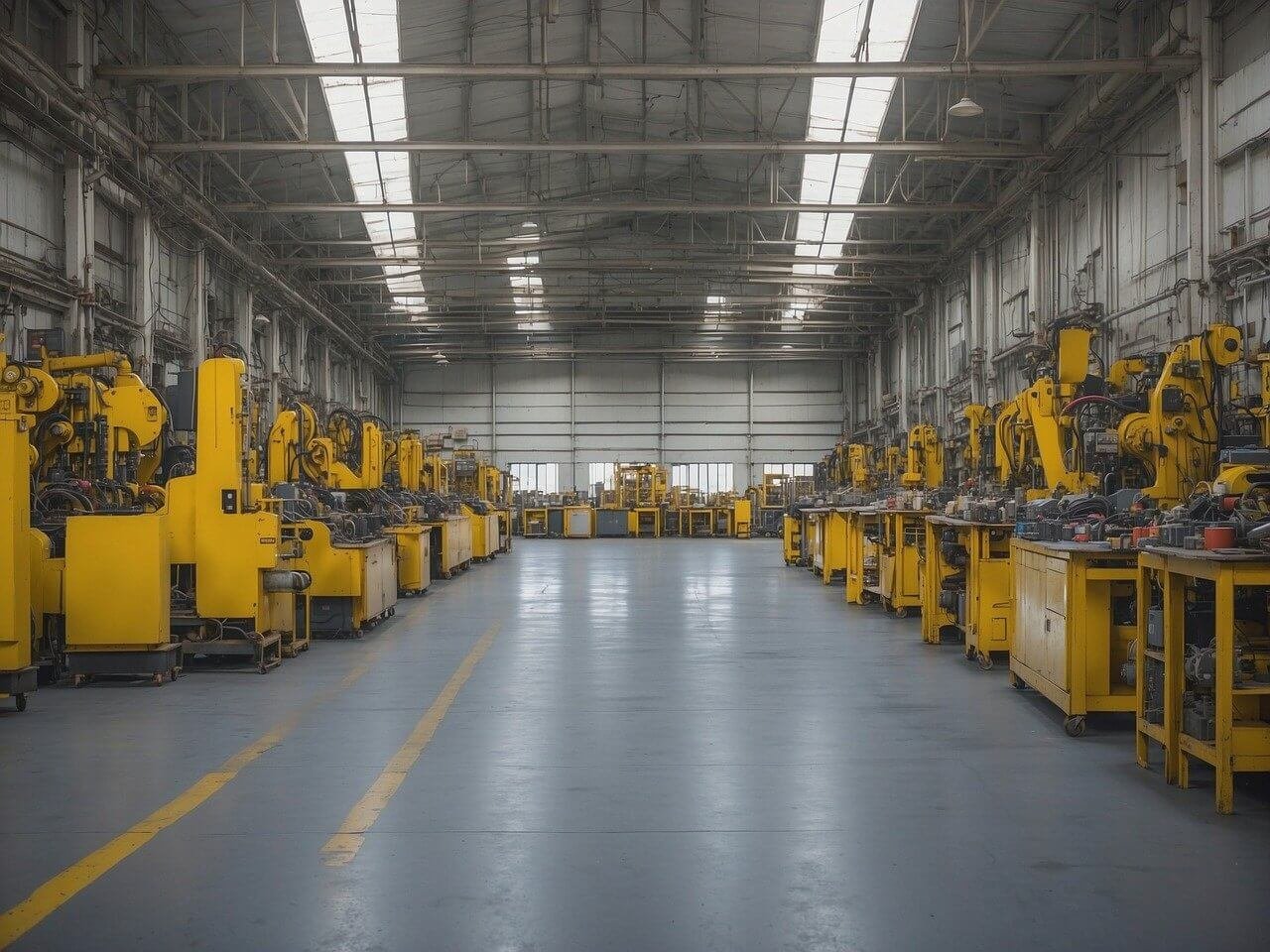Compressed air systems are essential to a vast array of industrial operations, powering everything from machinery and tools to assembly lines and automation systems. However, many industrial facilities suffer from air leaks within these systems, which can significantly reduce efficiency, increase operational costs, and even lead to equipment damage. Detecting and fixing these leaks is a crucial part of maintaining and optimizing compressed air systems.
This article delves into the causes and consequences of air leaks, methods for detecting them, and strategies for minimizing their impact on industrial compressed air systems. By improving leak detection and addressing inefficiencies, organizations can save energy, reduce costs, and ensure the reliable operation of their systems.
Understanding the Role of Compressed Air in Industrial Applications
Compressed air is one of the most widely used sources of energy in industrial operations. It is utilized in applications ranging from pneumatic tools, actuators, and conveyors to cooling and cleaning processes. According to the U.S. Department of Energy (DOE), compressed air is responsible for about 10% of industrial energy usage, making it one of the most significant utilities in terms of both cost and efficiency.
However, compressed air systems are inherently inefficient, with some estimates suggesting that up to 30% of the energy produced by a compressed air system is wasted due to air leaks. This inefficiency not only results in higher energy consumption but also reduces the performance and lifespan of the entire system.
The Impact of Air Leaks on Compressed Air Systems
Air leaks are a common problem in compressed air systems, and they can have far-reaching consequences. The potential impacts of leaks include:
- Increased Energy Consumption: The most immediate effect of an air leak is the increased demand on the compressor to maintain system pressure. If leaks are left unaddressed, the system will constantly cycle, leading to higher energy usage.
- Higher Operating Costs: Because compressors are running longer and harder to compensate for leaks, the associated operational costs rise. In addition to increased energy consumption, this also leads to more frequent maintenance and repairs.
- Reduced System Efficiency: Even small leaks can significantly reduce the overall efficiency of a compressed air system. If air pressure is lost due to leaks, the system must work harder to maintain operational pressure, leading to reduced productivity and potential performance issues.
- Decreased Equipment Lifespan: Over time, the extra wear and tear on compressors and other system components caused by air leaks can result in premature failure. This can increase the frequency of repairs and replacement costs.
- Environmental Impact: The increased energy consumption from inefficient compressed air systems contributes to a facility’s overall environmental footprint. The more energy consumed, the greater the amount of greenhouse gas emissions generated by power plants.
Common Causes of Air Leaks in Compressed Air Systems
Air leaks in compressed air systems can occur for a variety of reasons. Understanding the underlying causes can help in both detecting and preventing leaks in the future. Some common causes include:
- Aging Equipment: Over time, gaskets, seals, hoses, and fittings can degrade, leading to air leaks. As the system ages, the materials used in the construction of the system can become brittle, cracked, or worn.
- Improper Installation: Poor installation practices can create weak points in the system, where air leaks may develop. This includes improper tightening of fittings, incorrect pipe alignment, and the use of incompatible materials.
- Corrosion: The buildup of rust and corrosion in metal piping can lead to cracks and holes, which eventually result in air leaks. Corrosion is especially common in older systems or in environments with high humidity or temperature fluctuations.
- Vibration: Industrial environments are often rife with machinery vibrations, which can gradually loosen fittings or create movement in the system that leads to air leaks. Flexible hoses or connections that aren’t secured properly are particularly vulnerable to vibration-induced leaks.
- Temperature Fluctuations: Extreme changes in temperature can cause the materials used in the compressed air system to expand and contract, which can eventually result in cracks or separation at the joints.
- Poor Maintenance: Lack of regular maintenance and inspection can lead to undetected air leaks. This is particularly problematic when leaks are slow and gradual, making them difficult to spot without proper monitoring.
Identifying Air Leaks: Detection Methods
The process of detecting air leaks in a compressed air system can be challenging, especially when they are small or hidden in difficult-to-reach areas. However, several methods and technologies are available to help identify leaks with varying levels of accuracy, cost, and efficiency. The most common detection methods include:
1. Visual Inspection
A visual inspection is the most basic and low-cost method of detecting leaks. Operators or maintenance teams may look for obvious signs of leaks, such as hissing sounds, oil residue, or frost on pipes or fittings. However, this method is not always effective, especially when leaks are small or hidden from view.
2. Ultrasonic Leak Detection
Ultrasonic leak detectors use high-frequency sound waves to detect the noise produced by escaping air. These devices can detect even small leaks that are otherwise inaudible to the human ear. Ultrasonic detectors are particularly useful in noisy industrial environments where traditional listening methods are ineffective. They can be handheld devices or mounted on inspection robots to conduct automated scans of large systems.
3. Soap Solution Testing
One of the simplest and most cost-effective methods for detecting air leaks is the soap solution test. A soapy water solution is applied to suspected areas of the compressed air system, and the presence of bubbles indicates a leak. While effective for small, accessible leaks, this method is time-consuming and not suitable for large-scale leak detection.
4. Infrared Thermography
Infrared thermography involves using an infrared camera to detect temperature differences across the surface of pipes, fittings, and components. Leaking air can cause localized cooling or heating of the surrounding area, which can be captured by the infrared camera. This method is particularly effective for detecting leaks in areas that are difficult to access or when leaks are small and gradual.
5. Pressure Decay Testing
Pressure decay testing involves shutting off the compressor and monitoring the pressure drop in the system over time. A significant drop in pressure can indicate the presence of air leaks. This method is particularly useful for testing the integrity of the entire compressed air system, especially when combined with other detection techniques.
6. Acoustic Leak Detection
This method involves using specialized microphones or sensors that can pick up the sound of air escaping from leaks. Acoustic leak detection systems can be particularly effective in industrial environments with high noise levels, as they are designed to isolate the frequencies associated with air leaks.
7. Advanced Leak Detection Software
More sophisticated approaches involve using leak detection software that analyzes data from various sensors across the compressed air system. These systems can continuously monitor pressure, flow rates, and other variables to pinpoint leaks in real-time, allowing for faster identification and repair.
Addressing Air Leaks: Repair and Prevention
Once air leaks are detected, the next step is to repair them. The approach to fixing a leak will depend on its location, size, and cause. Common repair methods include:
- Tightening Fittings: Loose fittings are one of the most common sources of leaks. Tightening them with appropriate tools can often solve the problem. It’s important to ensure that connections are torqued to the manufacturer’s specifications to avoid over-tightening, which can damage components.
- Replacing Damaged Seals and Gaskets: Over time, seals and gaskets may wear out, crack, or become brittle, leading to leaks. Replacing these components with high-quality replacements is crucial to maintaining system integrity.
- Patch or Replace Piping: In cases of cracks or holes in metal pipes, patching the affected area with a suitable adhesive or sealant may be sufficient. However, if the damage is extensive, it may be necessary to replace the affected piping.
- Upgrading System Components: In some cases, it may be more cost-effective to upgrade components such as valves, regulators, or filters that are prone to leaks. Investing in high-quality, durable materials can reduce the frequency of leaks in the future.
- Routine Maintenance and Inspections: The best way to prevent leaks is through regular maintenance. Periodic inspections, cleaning, and component checks can help identify potential issues before they develop into major problems.
- Monitoring and Leak Management Systems: Implementing automated leak management systems that continuously monitor the system for leaks can significantly reduce the chances of unnoticed air loss. These systems can trigger alarms and notifications when a leak is detected, prompting immediate action.
Best Practices for Leak Prevention
In addition to detecting and repairing leaks, it is essential to adopt best practices to minimize the likelihood of leaks occurring in the first place. These include:
- Proper System Design and Installation: Ensuring that the compressed air system is designed and installed according to best practices will reduce the risk of leaks. This includes using high-quality materials, properly sizing components, and ensuring correct alignment of pipes and fittings.
- Regular Maintenance and Inspections: Regularly checking for wear and tear, corrosion, and loose fittings will help identify potential leak sources early.
- Vibration Isolation: Properly isolating sensitive components from vibration can help prevent damage that leads to leaks.
- Training Personnel: Training operators and maintenance staff to recognize the signs of leaks and follow proper maintenance procedures is key to minimizing leaks in the long term.
- Leak Detection Technology: Investing in advanced leak detection technology can provide early warning signs of issues and allow for proactive repairs before a small issue becomes a costly problem.
Conclusion
Air leaks in industrial compressed air systems are a significant source of inefficiency and unnecessary costs. Detecting and addressing leaks is a critical component

